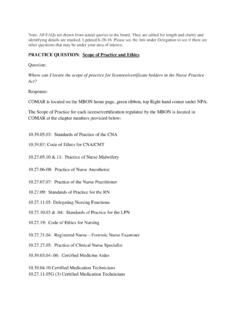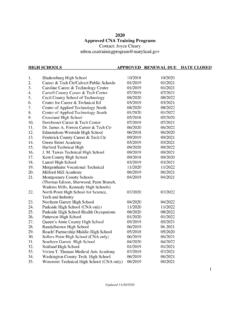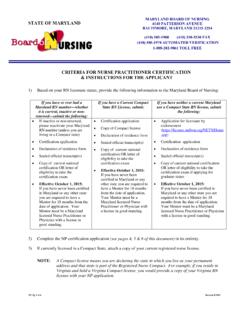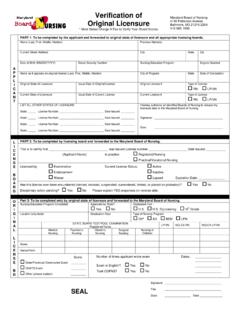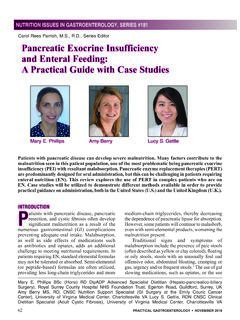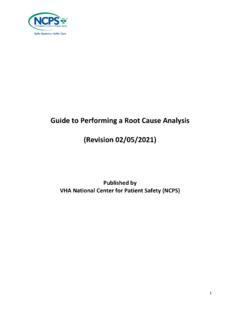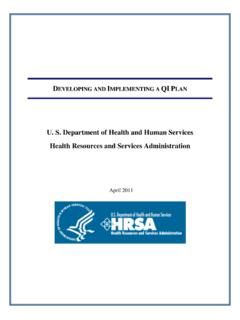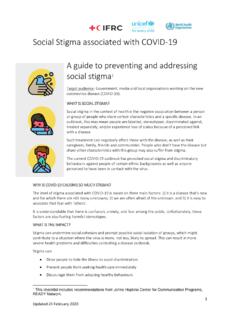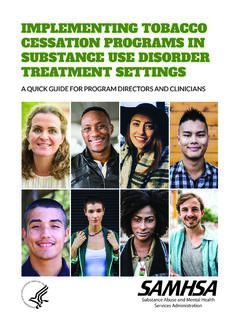Transcription of Pain Management Nursing Role/Core Competency A Guide …
1 Pain ManagementNursing Role/Core CompetencyA Guide for Nurses_____THE Guide MUST BE READ IN CONJUNCTION WITH THE NURSE PRACTICE ACT (MD. CODE ANN., HEALTHOCC., TITLE 8), BOARD REGULATIONS (COMAR et. seq.), AND EMPLOYER POLICIES. THE Guide IS NOT INTENDED TO REPLACE OR MODIFY THE ACT OR THE REGULATIONS, OR EMPLOYER POLICIES. IN THE EVENT OF AMBIGUITY OR INCONSISTENCY, THE NURSE PRACTICE ACT AND THE BOARD S REGULATIONS TAKE PRECEDENCE. 2 Pain ManagementNursing Role/Core CompetencyA Guide for NursesPURPOSE OF THIS EDUCATIONAL Guide The purpose of this document is to assist thelicensed nurse in recognizing his/her accountability in effectively managingpatients pain through assessment,intervention and advocacy. Pain Management is only one aspect of thecomplex process of providing palliative care.
2 It is beyond the scope of this document toaddress other issues involved in Pain Management encompasses various typesof pain experiences throughout an individual slife cycle from birth to the end of life. Pain expe-riences may include acute and chronic pain, painfrom a chronic deteriorating condition, or pain asone of many symptoms of the patient receivingpalliative care. Pain is not exclusively physiologi -cal but also includes spiritual, emotional and psy-chosocial dimensions. The goal of pain manage-ment throughout the life cycle is the same - toaddress the dimensions of pain and to providemaximum pain relief with minimal side effects. Review of the literature, anecdotal reports anddialogue with colleagues reveals that the majorityof patients do not receive adequate pain manage-ment.
3 A wide variety of factors including inaccu- rate information, myths, rumors, fear and culturalissues contribute to inadequate pain Management . For example, a prevailing rumor in the Nursing profession is that a nurse can lose his/her nursinglicense for causing a patient s respiratory depress-ion by frequent administration or by giving highdoses of opioids, even though there is no documen-ted evidence to substantiate this fear. Theliterature shows that adequate assessment inconjunction with opioid titration based on patientresponse can provide maximum pain reliefwithout adversely affecting respiratory status. Therefore, it is unwarranted to under-utilize orwithhold opioids from a patient who isexperiencing pain based on fear of causingrespiratory depression. Due to multiple advances in the field of painmanagement ( pain assessment, pharmacolog-ical and non-pharmacological interventions),licensed nurses may have incomplete or inaccu-rate information about the following variables which contribute to ineffective pain is pain and how do patients demonstrate their pain?
4 2. How is pain assessed and managed? 3. Is there a difference betweenpsychological dependence, addictionand physical dependence? 4. Does aggressive use of opioids cause addiction?5. How does the patient s cultural back-ground effect pain expression andmanagement?Myths and misinformation also contribute to ineffective pain Management . Some commonmyths include: much pain medication too frequentlyconstitutes substance abuse, causes addiction, will result in respiratorydepression or will hasten death; should be treated, not prevented; in pain always report their pain to their health care provider; in pain demonstrate or show thatthey have pain - pain can be seen in thepatient s behavior; level of pain is often exaggerated bythe patient;6. Generally a patient cannot be relieved of all pain;7.
5 Some pain is good so that the patient s symptoms are not masked;8. Newborn infants do not have pain; and, 9. It is expected that the elderly, especially thefrail elderly, always have some Populations at Risk of UnderManagementBecause of multiple barriers to adequate painmanagement, all patients are at risk for under-treatment of pain. Since pain is identified andreported primarily through patient self- reporting,difficulty in communicating increases the patient srisk for identified by the literature as being atgreater risk include: infants and children, women,the elderly, patients with cognitive dysfunction, patients with emotional or mental illness, patients with chronic pain, patients with neuropathic pain,substance abusers, minority populations, thehomeless, and patients with terminal illnesses.
6 Inaddition, patients who speak a different languageor who are from a cultural tradition different fromthat of the clinician pose a special challenge. Ineffect, any patient, regard- less of age, is at risk ofbeing under-treated for pain. All populations canbe placed at greater risk because of the health careprovider s own belief system which may includethe previously discussed myths factors and others have prompted theBoard to develop this educational Guide for theMaryland licensed nurse. The intent is to providefactual information and assist the licensed nurse indeveloping core Nursing competencies in painmanagement. The licensed nurse must becomefamiliar with standards, guidelines and definitionsregarding pain and its Management , including butnot limited to those listed in the definition ofterms and bibliography and to refer to thesedocuments when advocating for the patient inpain.
7 Pain Management Nursing Role/Core Competency4 Licensed Nurse Role: Knowledge Based PracticeThe licensed nurse is responsible and account-able to ensure that a patient receives appropriateevidence-based Nursing assessment and interven-tion which effectively treats the patient s pain andmeets the recognized standard of care. In order toadvocate for the patient, the licensed nurse mustpossess the following: A) Knowledge of SelfThe practice of Nursing includes the knowledge of one s self through assessment of attitudes,values, beliefs, and cultural background and influ-ences that have formed each of us as individuals. These factors affect the nurse when assessing,evaluating, and interpreting the patient s state-ments, behavior, physical response, and appear-ance. The greatest barrier to the patient achievingeffective pain Management may be the nurse s: 1.
8 Individual experiences with pain; 2. Personal use of medications or non-pharmacological methods to managepain; and, 3. Family s or significant others history or experience with substances for pain control ormood altering the licensed nurse is influenced or con-strained by personal factors, the nurse may not assess, evaluate or communicate the patient s painlevel effectively or objectively. This can be furthercompounded if the nurse does not have adequateknowledge regarding pain Management and, as aresult, can not recognize the need to seek outadditional information to assess and manage thepatient s pain appropriately. For instance, a nursewho believes or states, You can tell by looking atthe patient if they are in pain is demonstrating aninadequate knowledge base. B) Knowledge of PainPain is subjective.
9 It is whatever the patientsays it is. The nurse utilizes the Nursing process inthe Management of pain. Adequate measurementand Management of pain includes knowledge inthe following areas:1. Pain assessment:a)The nurse utilizes a developmentally appropriate, standardized pain assessment toolwhich includes: a pain measurement toolwhich has demonstrated reliability and validityand patient participation, which is essential inthe assessment process. For those incapable ofself-reporting, standardized pain assessmenttools should include behavioral observationswith or without physiologic signs such as tachy- cardia, hypertension, diaphoresis and pallorare non-specific to pain and may be anindicator of another, unrelated physiologicproblem. For patients in pain, thesephysiologic signs may be present for ashort period of time or not at Sole reliance on these physiologic signs to assess pain may be inappropriate.
10 B)The nurse is knowledgeable regarding the difference in categories of pain ( acute,chronic, breakthrough); c)The nurse is knowledgeable regarding the most likely potential sources of pain ( , muscular, skeletal, visceral);d)The nurse assesses the patient s individual pain pattern, including the individual patient spain experiences, methods of expressing pain,cultural influences, and how the individualmanages their pain. 2. Pharmacologic and Non-PharmacologicIntervention:a)The nurse is knowledgeable about the pharmacological interventions of opioid, non-opioid, and adjuvant drug therapies 5(including dosages, side effects, druginteractions, etc.) which are most effectivefor the most likely source of an individualpatient s pain. b)The nurse is knowledgeable that placebos should not be utilized to assess if pain exists orto treat )The nurse is knowledgeable regarding non-pharmacologic strategies for pain Management ( acupuncture, application of hot and cold,massage, breathing techniques, etc.
